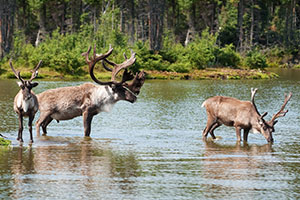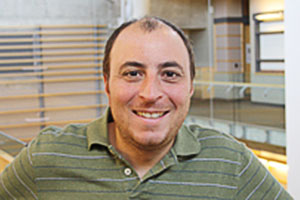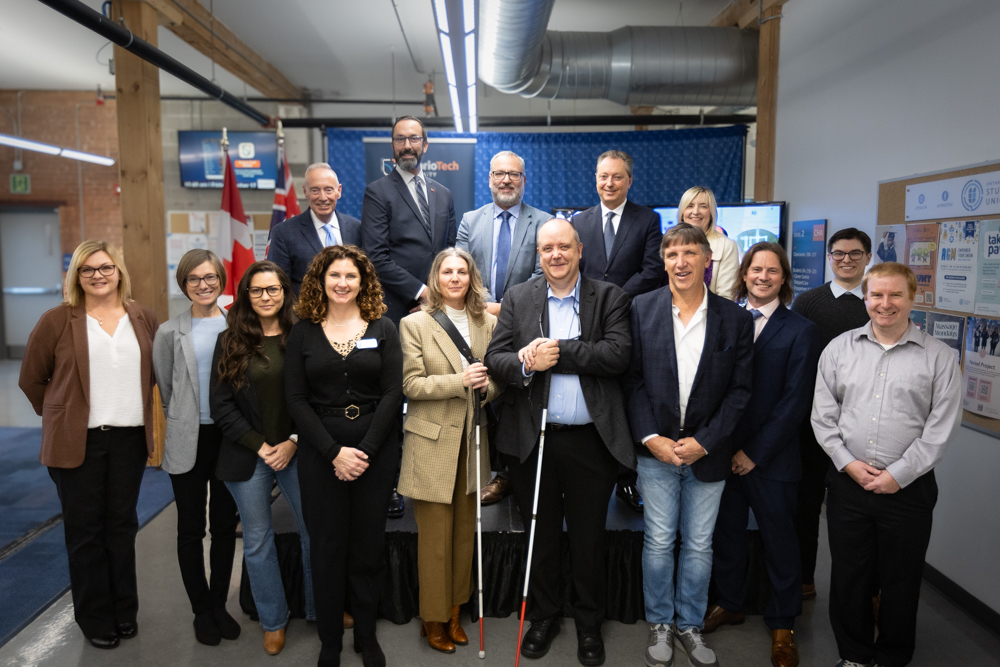UOIT researcher exploring the connection between math and biology
August 18, 2015

Like the loon, polar bear, beaver and the schooner Bluenose, the caribou is an enduring symbol on Canadian coins. Woodland caribou are endangered species, even though they are still found in the northern sections of most provinces.
“The closest most Canadians will likely ever come to encountering a caribou is seeing them on the flip side of quarter,” says Dr. Pietro-Luciano Buono, a mathematician in the Faculty of Science at the University of Ontario Institute of Technology. “Caribou are threatened not only by predators such as wolf and bear, but increasingly by human disturbances of their habitat structure brought about by logging and mining industrial activities.”
When it comes to trying to make heads or tails of the caribou’s future prospects, Dr. Buono likes to turn to his first passion – mathematics – to explain unexpected scenarios in predator-prey interactions and the impact on prey populations. He has teamed up with biologists across Canada to build a mathematical model for habitats.
“We’ve been able to demonstrate how changes in habitat diversity alters the relationship between prey and predators,” he explains. “The mathematical model considers spatial responses of multiple prey species over large geographic areas. For example, the interactivity of caribou, moose and wolves can be dramatically different near the edge of a given habitat.”
The research is part of Dr. Buono’s ongoing collaborations to develop and apply mathematical approaches to the challenges of describing and predicting animal movement and distributions. Basic scientific knowledge about these issues will help optimize the management of boreal forest ecosystems vital for the economy of Canada’s northern regions while mitigating the impact of human activity on caribou populations. 
The research paper, A spatial theory for characterizing predator-multiprey interactions in heterogeneous landscapes, was recently published in the journal Proceedings of the Royal Society B and is the sequel to a previous paper Dr. Buono co-authored in the biology journal American Naturalist in 2013.



